- The Inter-American Court of Human rights, one of three regional human rights tribunals, is evaluating the first-ever case concerning the rights of Indigenous communities in voluntary isolation, also known as uncontacted tribes.
- At the base of Ecuador’s case are three massacres against the Tagaeri and Taromenane people, which occurred in 2003, 2006, and 2013. Some members of the Waorani nation have been accused of perpetrating at least two of these massacres.
- Logging and extraction in the forest put pressure on the rainforest and resources, increasing violent conflict between communities, say the lawyers representing the uncontacted peoples. The outcome of the case could set a major legal precedent for other communities in voluntary isolation across the Amazon.
- The state insists that it has done what it could to support human rights in the region and that the oil industry nor the state is a cause of violent attacks between communities.
Deep in Ecuador’s northern Amazon rainforest live the Tagaeri and Taromenane Indigenous nations, the last two communities in the country who have never set foot outside of the jungle. They have long resisted all outsiders’ contact and continue fiercely defending their remaining territory.
But over the years, three massacres in 2003, 2006 and 2013, have whipped out dozens of Tagaeri and Taromenane people. At least two of these attacks were perpetrated by some members of the Indigenous Waorani nation, who share territory and heritage with the Tagaeri and Taromenane. In the latest 2013 massacre, two young girls were also kidnapped and have been living with their captors ever since.
These acts of violence are the basis of a case currently being evaluated by the Inter-American Court of Human Rights, one of the three regional human rights tribunals. In the case Tagaeri & Taromenane Indigenous people vs the Ecuadorian state, lawyers representing the communities in voluntary isolation say the Ecuadorian state has failed to protect these populations and propelled the extractive industry in the area, putting pressure on the rainforest and increasing conflict between local communities.
This is the first time the regional court has tried a case involving uncontacted Indigenous peoples or peoples in voluntary isolation, setting an important precedent for similar communities in the Amazon.
“The state is obliged to generate conditions of peace within the area based on respect for the rights of all. We consider that this duty was violated,�? Mario Melo, an environmental lawyer part of the legal team representing the Tagaeri and Taromenane, told Mongabay.
The state insists that it has supported human rights in the region by increasing protected areas and investing millions of dollars in reforestation projects. It also maintains that fighting and revenge killings are a common practice among the Waorani and uncontacted communities, not a cause of the oil industry or a failure of the state itself.
The 10-hour public hearing took place on August 23 in Brasilia, Brazil. It’s unclear when a final verdict will be released, but Melo says it could take up to six months.
The main plaintiffs behind the case are the National Indigenous Confederation (CONAIE), represented by Melo, and the environmental organization Yasunidos. Their demands are twofold, says Melo. First, that the failure of the Ecuadorian state to protect the Tagaeri and Taromenane people be recognized; and second, guarantees that the rights of these communities will be upheld moving forward. This includes their rights to life, culture, territory, and self-determination, which are outlined in both Ecuador’s constitution and international law.
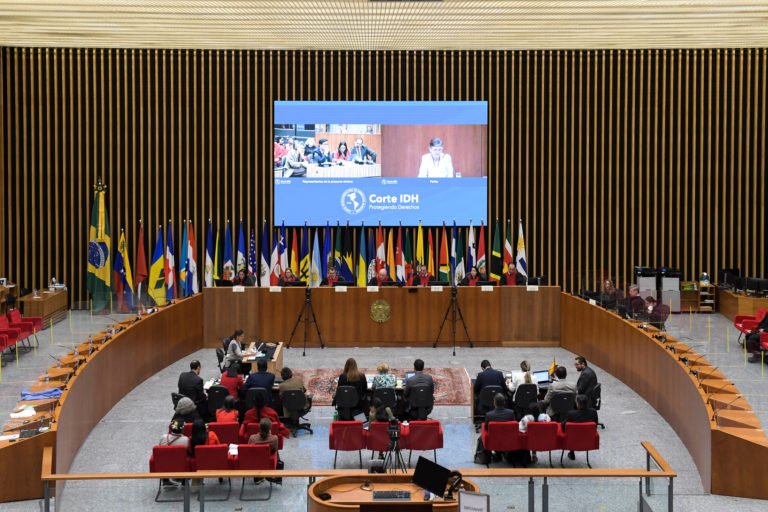
A second plaintiff joined the case in 2021, with U.S. lawyer Judith Kimerling representing one of the young girls who was kidnapped from the Tagaeri and Taromenane territory, Tewe Dayuma Michela Conta.
Read more: Amazon reserve for uncontacted people moving forward amid battle over oil fields
Waves of violence and extractive activities
The Tagaeri and Taromenane people, live in Ecuador’s northern Amazon, an area that’s also rich in oil and has long attracted illegal logging and mining.
The communities, along with their relatives the Waoranis, once lived and traveled freely throughout the northern region of the rainforest, until missionaries and oil companies started to move in during the 1950s, which began limiting the land they could safely access.
In 1999, the government outlined a special territory for the Tagaeri and Taromenane, naming if the “intangible zone,�? or ZITT by its Spanish acronym. Today, this area is 8,158 square kilometers (3,149 square miles), some of which overlaps with the Yasuní National Park.
It’s questionable how “intangible�? this area really is, say the plaintiffs, as oil blocks surround the ZITT and even overlap with it in some areas.
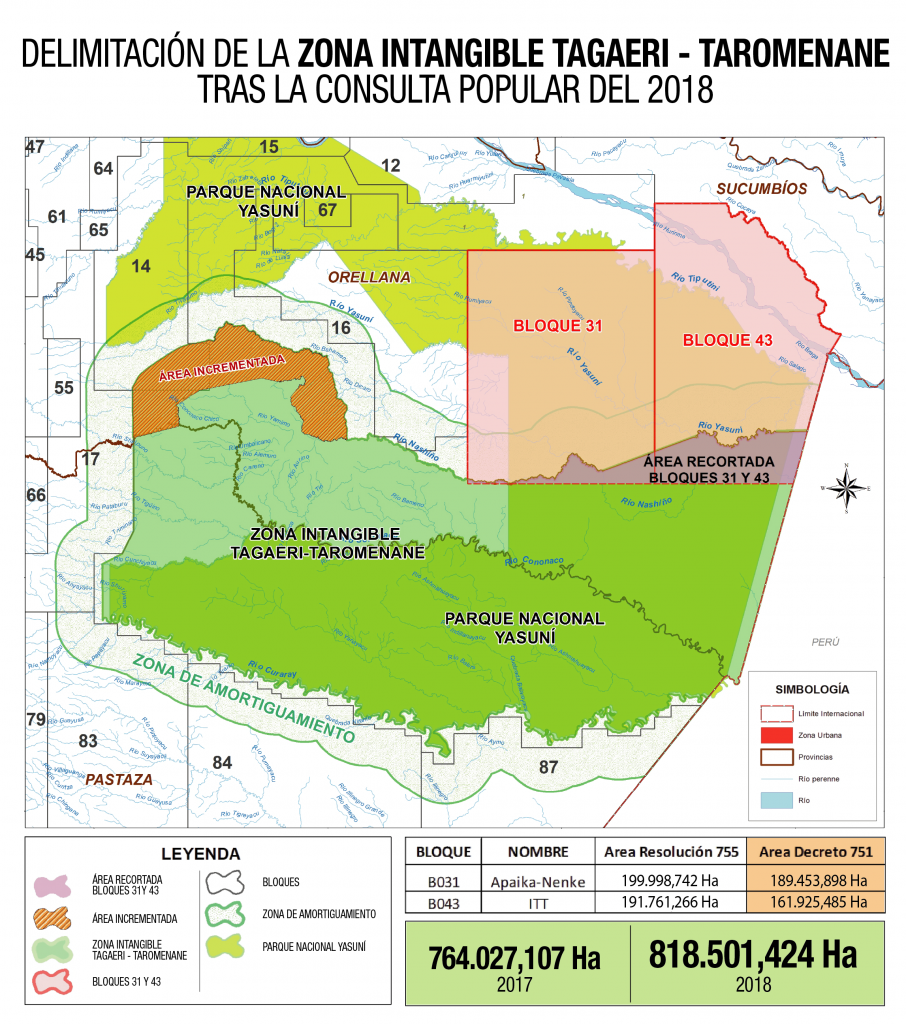
Melo says there are three oil blocks in particular that cause an immediate risk to the Tagaeri and Taromenane. This includes blocks 16, where the Spanish oil company Repsol has long been operating, and the Tagaeri and Taromenane have been known to travel. It also includes blocks 43 and 31, which contain the controversial Ishpingo-Tambocha-Tiputini (ITT) oil project operated by the state run company PetroAmazonas. The ITT has long been criticized by environmentalists, as it cuts through the Yasuni National Park and overlaps with the ZITT buffer zone, which conservationists say is too close to the nearby communities in isolation.
“It’s a disastrous policy that the Ecuadorian state has been maintaining since the beginning of the oil era, which is to put oil interests ahead of the rights and dignity of the affected local communities,�? says Melo. Various attacks by the Tagaeri and Taromenane people on other nearby communities have also been registered, a sign of the increased pressure on their territory and resources, he added.
According to Roberto Narvaez, a legal anthropologist who has been working in Waorani territory for over 20 years, these pressures exerted on local communities and lack of state control over illegal and legal extractive activities are a major cause for the chain of violence in recent years.
The state has continuously refused to see these connections and properly investigate any of the massacres, he says.
For example, in 2003, a group of Waorani entered the ZITT area and attacked the Tagaeri and Taromenane communities, reportedly to take revenge for previous attacks on their community years earlier by the isolated communities, explains Narvaez. However, the exact reason for this attack was not investigated because the victims – the non-contacted communities – didn’t have national identity cards.
Narvaez says the influence illegal loggers had in the region has been drastically overlooked.
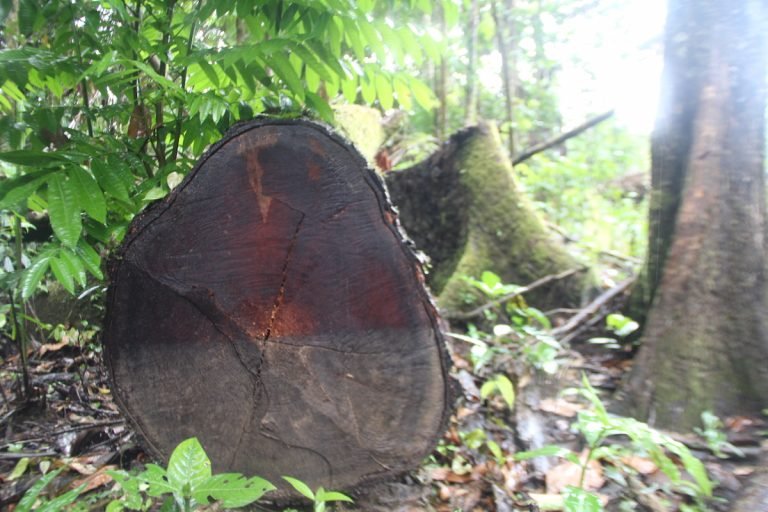
These actors, looking for cedar and other fine wood, often paid some members of the Waorani community for access to the forest and tried to enter the Tagaeri and Taromenane territory but were attacked by these isolated communities defending their land. The loggers played a major role in changing economic dynamics in the region and encouraged the Waorani to attack the Tagaeri and Taromenane, even financing the expedition due to these ongoing conflicts.
There is less known about the 2006 massacre, as an investigation was never carried out. This includes information on who the perpetrators were.
After the 2003 and 2006 killings, environmentalists denounced the state’s failure to protect these isolated communities with the Inter-American Commission of Human Rights. In 2006, the regional commission requested the state to implement precautionary measures to protect the Tagaeri and Taromenane people. When the state failed to comply with these measures, which became evident with the third massacre in 2013, the commission referred the case to the court in 2020, the same being heard today.
In the subsequent 2013 massacre, a group of Waorani again entered the Tagaeri and Taromenane territory, killing up to 25 people and kidnapping two young girls. Seventeen Waorani men were found guilty of these killings in a local court. These were reportedly revenge attacks after the Tagaeri and Taromenane killed two Waorani elders, Ompure y Buganey, earlier that same year, explained Narvaez. However, again, it was never questioned why the uncontacted communities might have killed the Waorani elders.
Narvaez says this likely came from the pressure exerted on them and their territory from the new noise and contamination from nearby oil infrastructure.
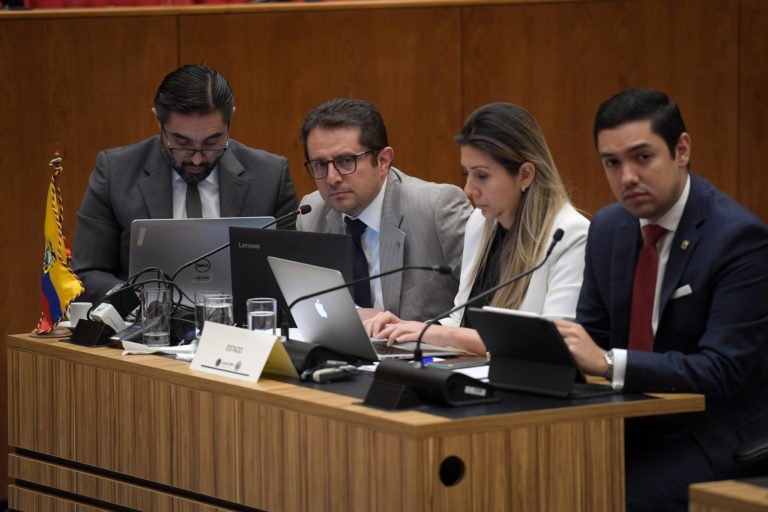
During the trial in August, the state authorities recognized their partial responsibility for the 2003 and 2006 massacres, specifically their lack of criminal investigations at the time of the events. But they refused to acknowledge responsibility for 2013 or that ceasing oil extraction is the solution.
The Director of Human Rights of the Attorney General’s Office of Ecuador, María Fernanda �?lvarez, representing the Ecuadorian state in the IACHR hearing, did not respond to Mongabay after several requests for an interview. Neither did the Secretariat of Human Rights, the body in charge of monitoring the safety of the Tagaeri and Taromenane.
According to Narvaez, the trial is only the first step to ensuring the rights of these communities. If the court rules in favor of the Tagaeri & Taromenane, this whole area of the Amazon will have to be rethought. This would include ceasing nearby oil projects, re-evaluating and expanding the Tagaeri and Taromenane territory to better reflect their actual movement and land necessities, and monitoring the region for illegal activity.
First but not last
Experts across South America have been following the Tagaeri and Taromenane case with anticipation. Antenor Vas, Brazilian physicist and regional expert and consultant on communities in voluntary isolation, is one of them, saying the court’s decision will set an important legal precedent for the rest of the region and the world.
“There are very clear situations of violations of the rights of isolated peoples throughout South America because the development model that is being implemented in Ecuador is also being implemented throughout South America,�? Vas told Mongabay via video call from his home in Brazil.
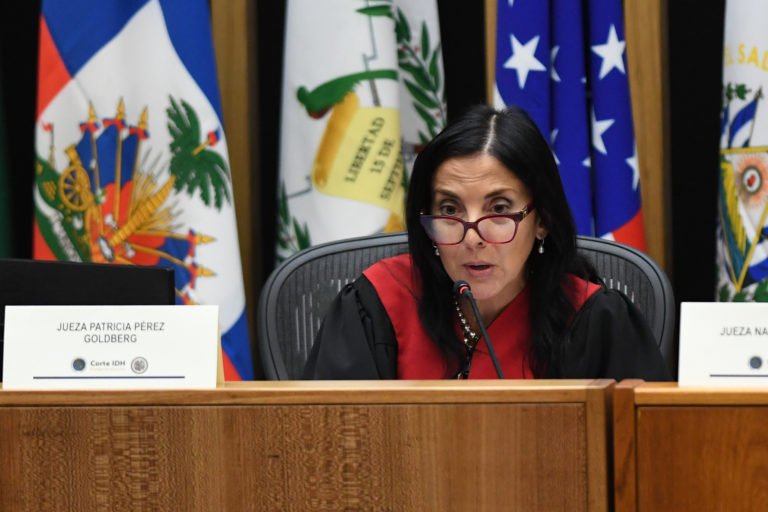
“What the court says about this case can be a jurisprudence for other cases going forward,�? he added.
Vas, who authored the first-ever regional report on communities in voluntary isolation, says no one can know for sure how many communities in voluntary isolation are left in the Amazon due to their very nature of evading contact with outsiders.
But one thing is certain, economic models focused on extraction, industrial agriculture, and exports are the main threats to these communities across the rainforest, he says.
Banner image: Tewe Dayuma Michela Conta, one of the girls kidnapped from the Tagaeri and Taromenane territory, speaks during the trial. Image by the Inter-American Court of Human Rights via Flickr (CC BY-SA 2.0).
Related listening from Mongabay’s podcast: We speak with Scott Wallace, a journalism professor at the University of Connecticut, National Geographic writer, and author of a New York Times best-selling book on the importance of protecting uncontacted Indigenous groups in the Amazon. Listen here:
FEEDBACK: Use this form to send a message to the author of this post. If you want to post a public comment, you can do that at the bottom of the page.


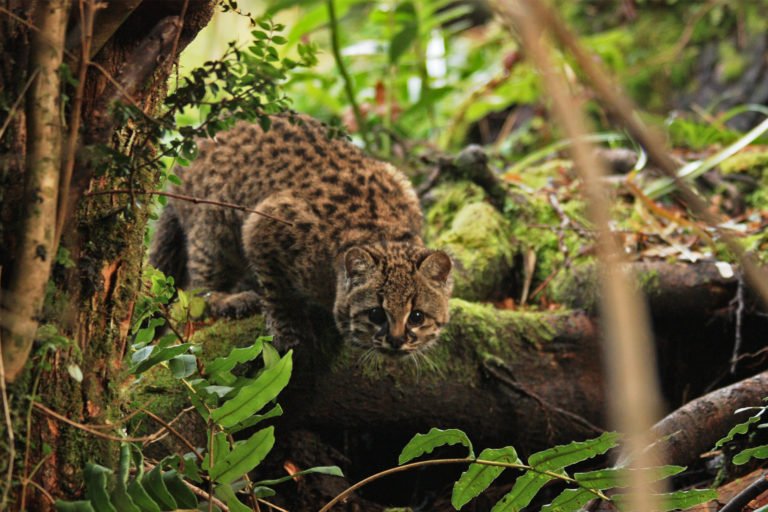
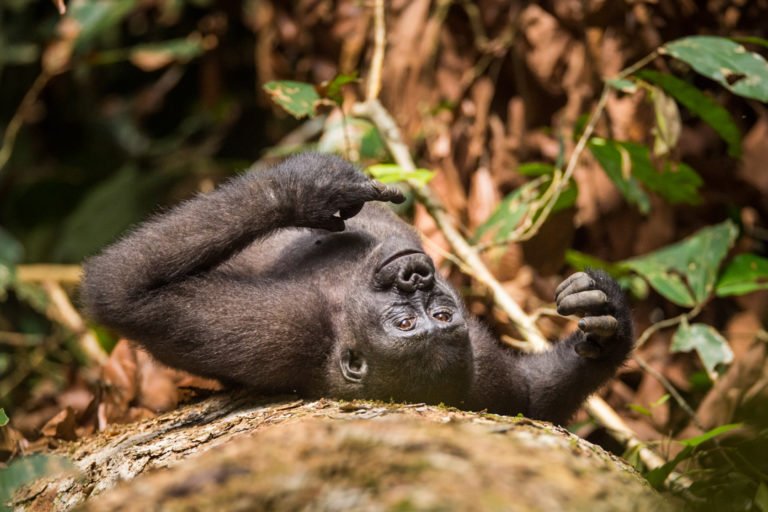
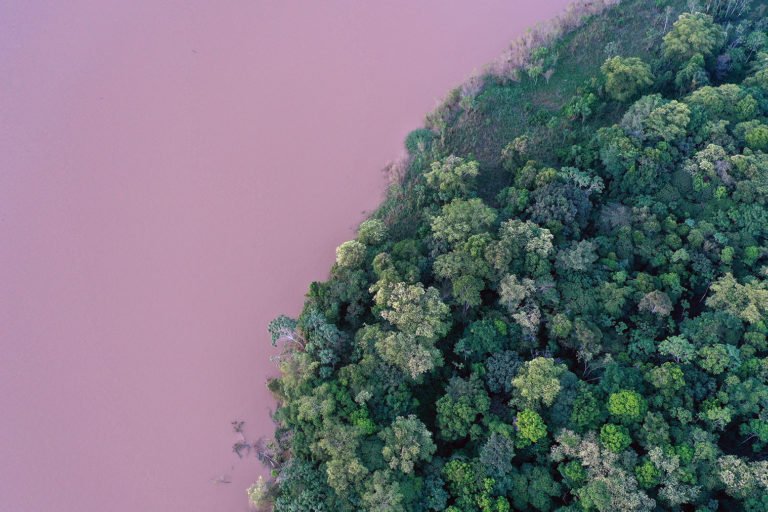
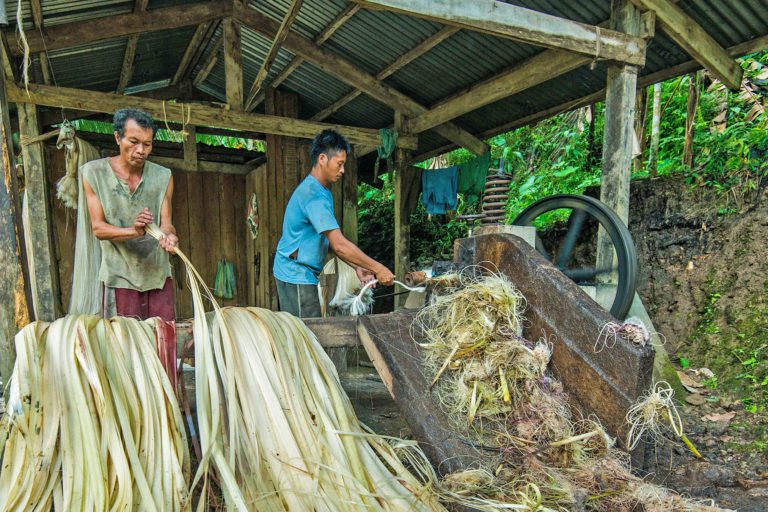


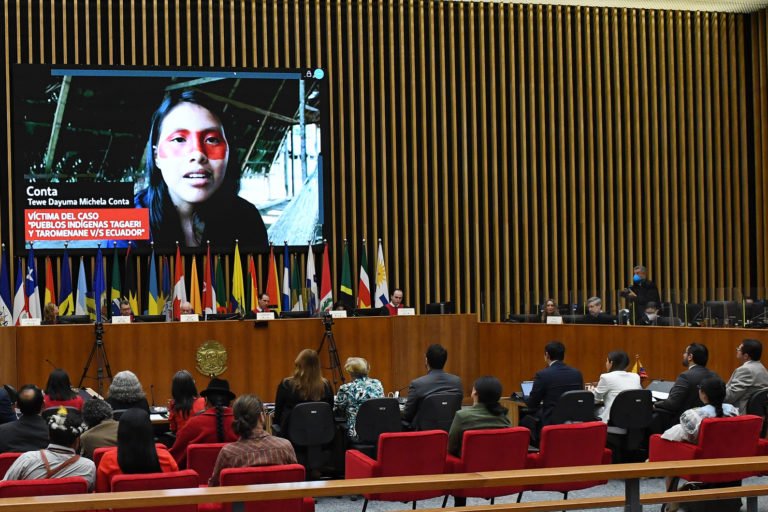


![[Podcast] Inside Look at SIMPAS Technology with AMVAC’s Jim Lappin and Caleb Schultz](../ext/resources/images/social-media/PFD-Podcast-logo.png)